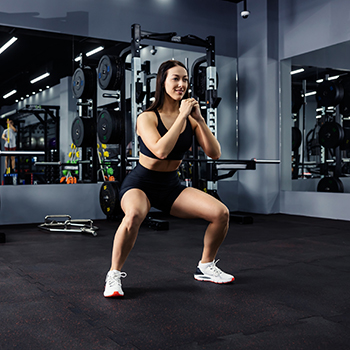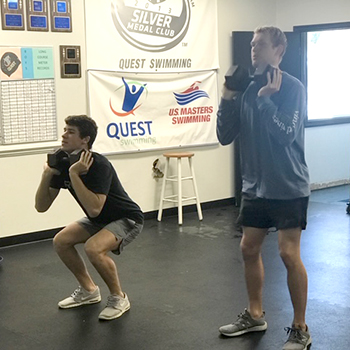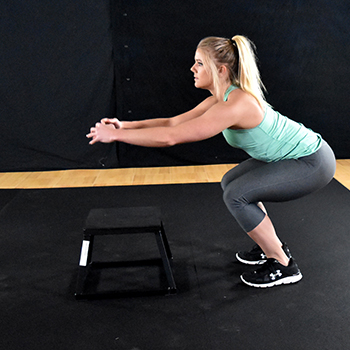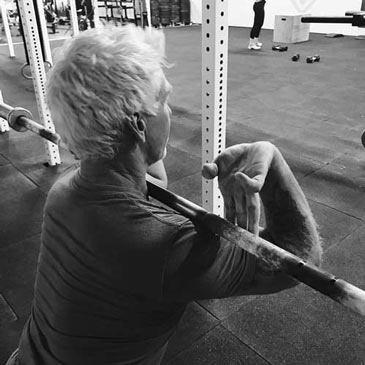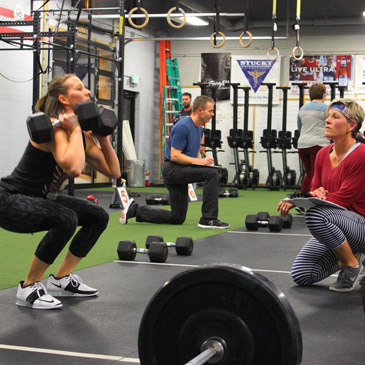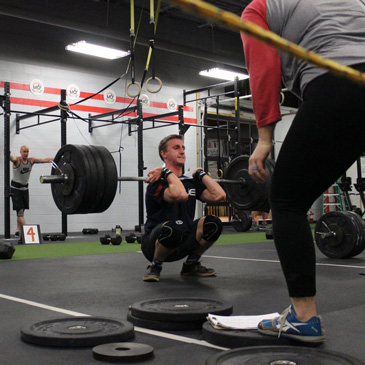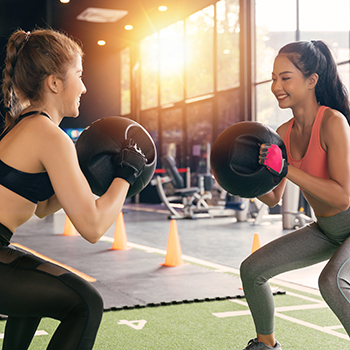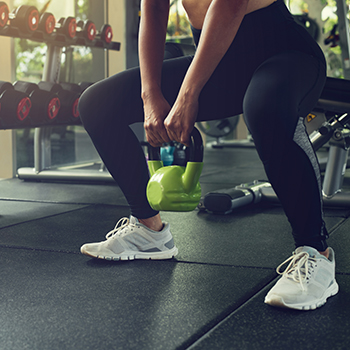How To Do Squats and What to Look For in Squat Mats
Related Product: Sterling Athletic Sound Rubber Tile Black 2.75 Inch x 2x2 Ft.
Start with your heels shoulder width apart and focus on keeping your knees in an outward position while keeping your torso upright.
For Air Squats, try to squat low enough that the crease of your hip is below your knee.
Once you get your technique down for your air squat, you can add on that by mixing in different kinds of squats.
For front squats, get the bar racked right up on your shoulders - right up against your neck - elbows facing forward.
For back squats, rest the bar on your shoulders, avoiding that neck bone, and keep your elbows back.
For overhead squats, make sure your arms get locked out and press the bar above your head.
Squat Mats
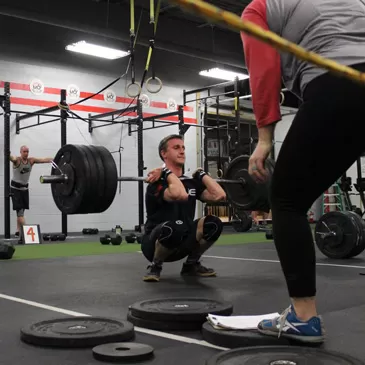
When doing squat training, having the proper flooring or mats underneath you is critical to your safety. Here are some of the top things to look for in squat mats:
- Stability: You want a mat that is firm enough to keep your joints in alignment and prevent injuries from rolled ankles. It should also be firm enough as to not take away the energy you're putting into the exercise.
- Fatigue relief: Just because a squat mat is firm and stable doesn't mean it needs to be hard. Find a mat this offers just a bit of give to allow you body to move in the way that it was designed.
- Impact Absorbing: Many squat exercises have you using free weights such as dumbbells or barbells. In some cases, those weights are even dropped. You want to make sure that mat in you squat area will sufficiently absorb the impact of those falling weights, whether incidental or intentional.
Dale is doing his squat training over Sterling Athletic Rubber Tiles, which are designed to meet all of these requirements.
Dale Collison
CrossFit Duluth
Hermantown MN 55811
